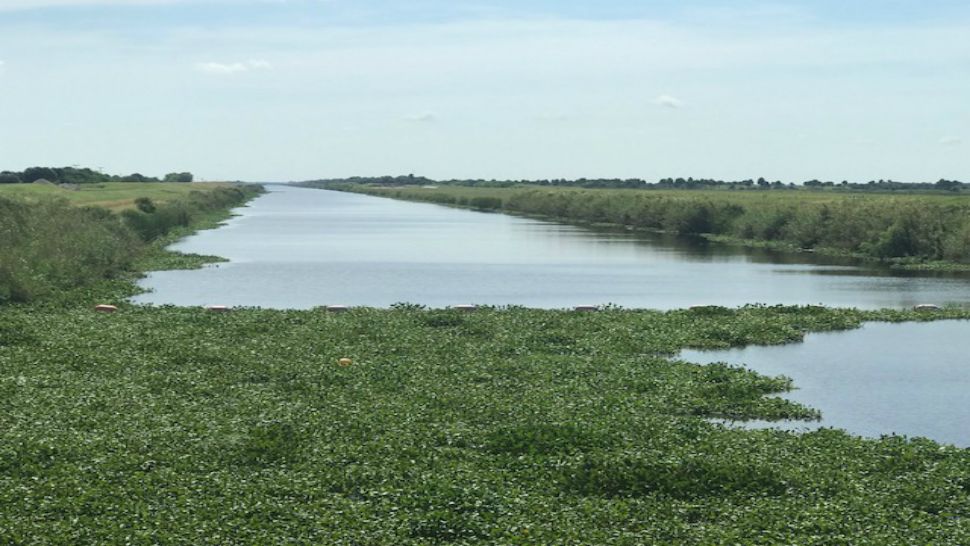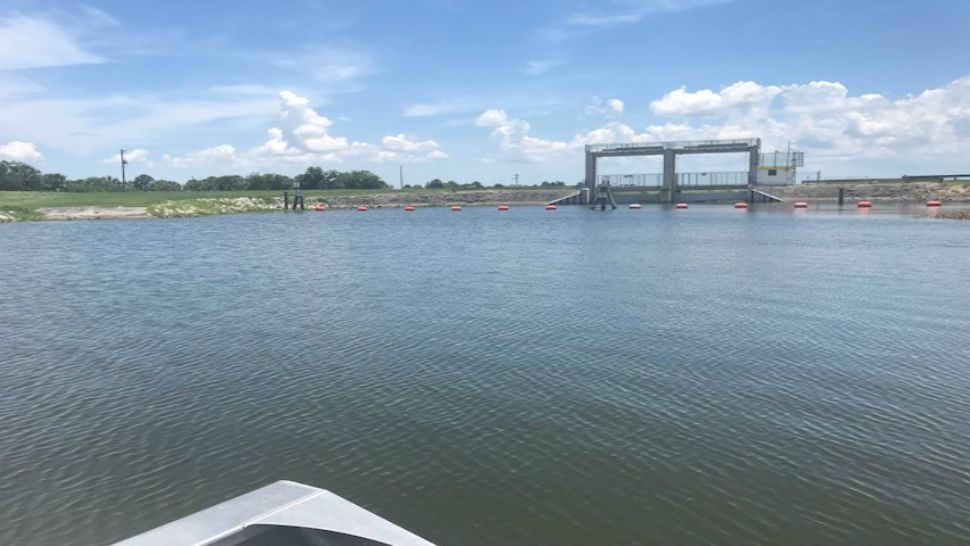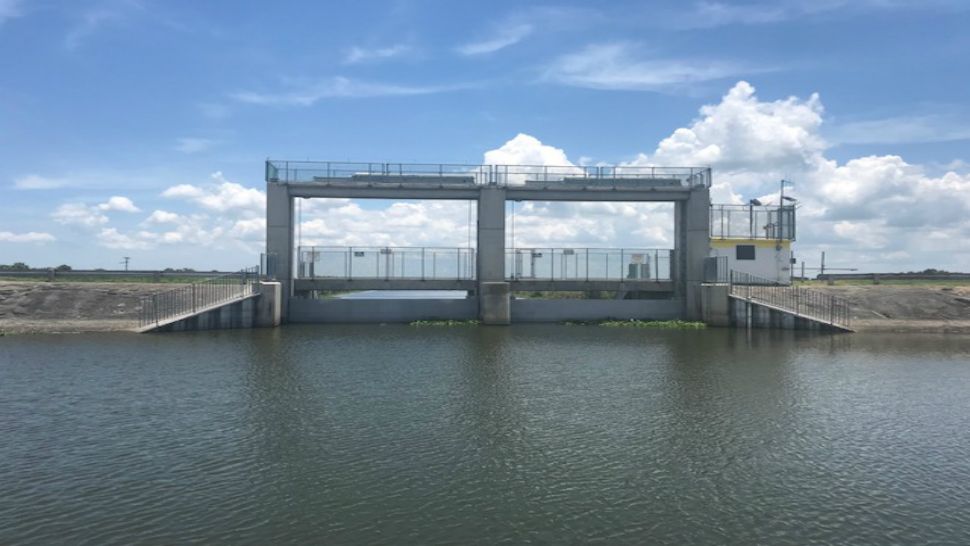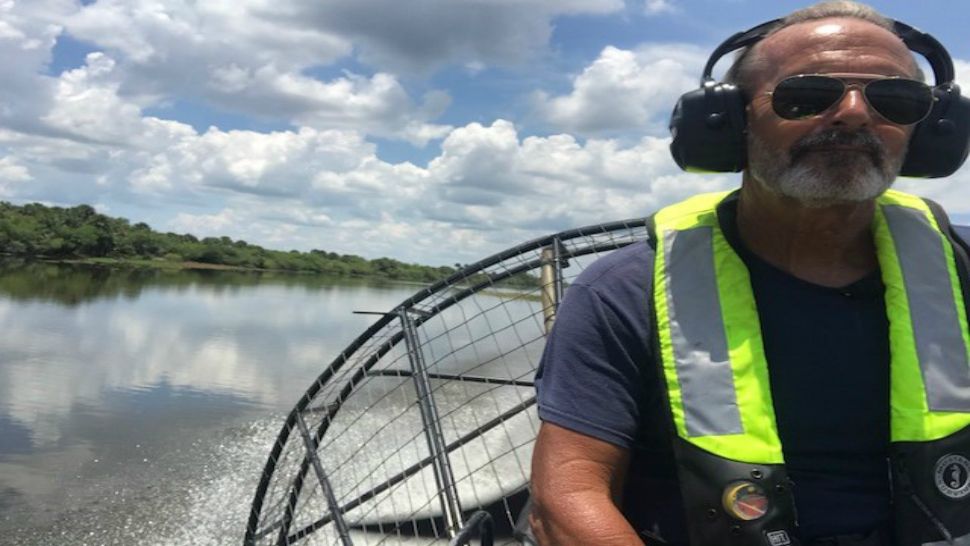BREVARD COUNTY, Fla. -- It's hurricane season, and measures are being taken to ward off potential flooding devastating storms can bring.
- St. Johns Water management preps for hurricane season
- Management to prevent excessive flooding
Especially in the Stick Marsh Conservation Area in the south part of Brevard County -- an area designed to control water flow by storing and dispersing large amounts of hurricane caused rain that could threaten the area around the St. Johns River.
This is the beginning of the 310 mile long river which flows upstream all the way to Jacksonville.
For fishermen like Merrill Robertson of Melbourne, it's a place where he's just a castaway from dinner.
"When the hurricanes come, that's some of the best fishing," says Robertson.
While fishing is abundant and simple here, the man made structures in and around the water are modern marvels.
The upper basin project is made up of water management areas covering the 166,000 acres of water and marshland.
That's where we spoke to Ken Snyder of the St. Johns Water Management District, who gave us a guided airboat ride.
"This area where we are right now, is where structures are located where we can bleed that water off as we need to," Snyder told us.
That's especially important when a hurricane comes calling.
The wind can be devastating, but equally as bad, the flooding that the storm brings.
To prepare, farm lands downstream must drain the water off their properties.
"We can control that pulse of water, and let it out at a controlled rate," Snyder says.
Since the St. Johns flows north, that prevents widespread flooding in towns like Melbourne and Palm Bay.
Water levels are fed through these stations, providing engineers will real time flood level information and control over opening gates from afar.
If a hurricane comes, this area can hold some 200,000 acres under 2 1/2 feet of water.
Hurricane Irma was a good test for this system -- the storm was the third highest water level since records began in the 1930s.
Tropical Storm Fay in 2008 ranks second; No. 1 is Hurricane Donna in 1960.






